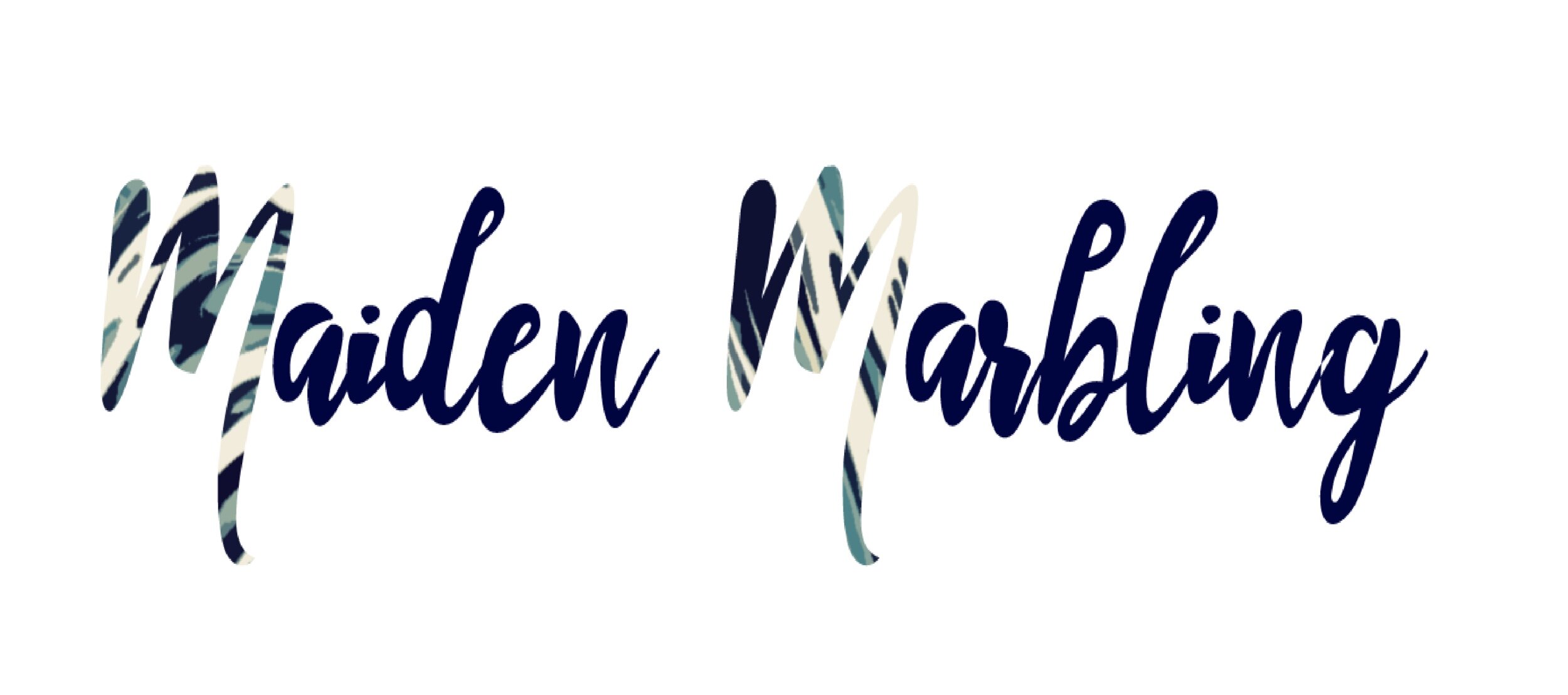Paper marbling and the process
What is marbling?
Paper marbling is a method of aqueous surface design. It is a craft which goes back as early as the 12th Century. Patterns are created as a result of paint or ink floated onto the surface of a thickened water. This in turn is then transferred to the surface of paper. The same method can be applied to fabric and other natural surfaces. Through several centuries, marblers have developed many patterns, and were secretive about how the process was done. Traditionally the papers were employed in the use of book covers and end papers in the bookbinding profession and are still used in this capacity today. They were also used as writing surfaces for calligraphy. The beauty of marbled paper is that each print is entirely unique and cannot be copied. The marbler can develop ways of learning the patterns and matching the colours, but essentially, each print is a one-off.
This method of marbling is also known as Ebru. This is the Turkish name and although the process is similar, Turkish Ebru has patterns of its own which include elaborate flowers, manipulated with tools.
How is marbling done?
THE PREPARATION
Alum solution is applied to the paper or fabric, this mordanting allows the colour to be bonded permanently to the surface.
The liquid for the marbling bath is a mix of water and carrageenan (an irish moss). When blended this becomes a thickened liquid which allows the paint or ink to float on the surface. This liquid is known as size.
After this blending process the liquid is poured into a bath or tray.
CREATING THE MARBLED PATTERN
Colour is then sprinkled or ‘thrown’ onto the surface of the size.
A range of marblers tools are used to manipulate the paint into patterns. These tools are often combs. There are a range of traditional patterns as well as free-style contemporary ones.
THE FINAL STAGE OF THE PROCESS
The alum pre-treated sheet of paper or fabric is then carefully laid down onto the pattern and is consequently permanently transferred.
After lifting the paper or fabric from the marbling tray, it is rinsed of residue and hung out to dry.


